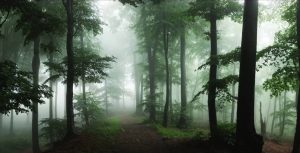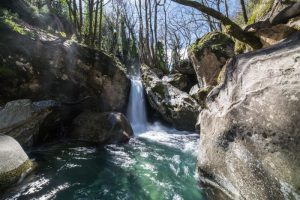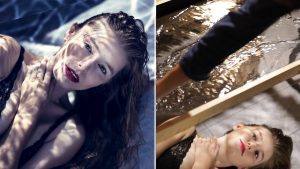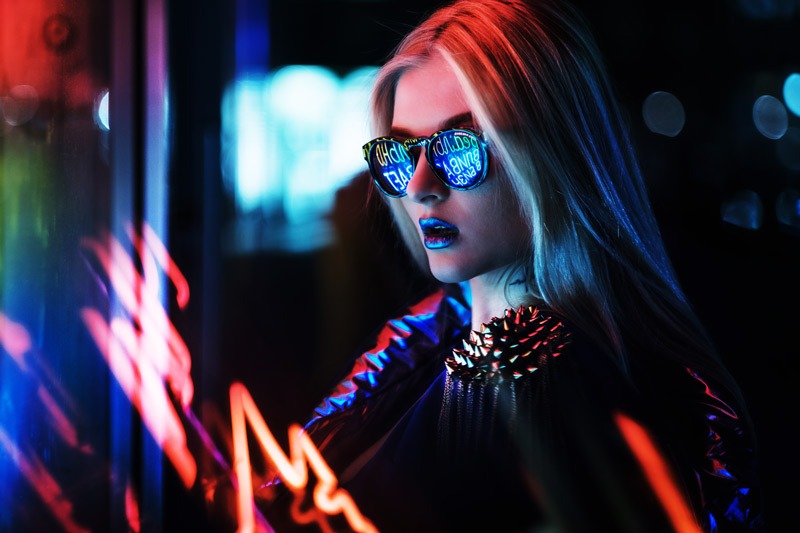cardboard boxes
25 Tips for taking perfect landscape photos
 Although at first glance landscape photography may seem very simple, in fact it is much more than “point the camera – click the shutter”. The purpose of landscape photography is to convey the inner state, to express something more, and not just to show the landscape in front of you.
Although at first glance landscape photography may seem very simple, in fact it is much more than “point the camera – click the shutter”. The purpose of landscape photography is to convey the inner state, to express something more, and not just to show the landscape in front of you.
We see reality every day. That is why, in my opinion, landscape photography should not just reproduce it. Objects should not be in front of the viewer or take all the photos: the composition should lead the eye to the final point of the picture – the point of interest, your object.
Like any other art form, landscape photography has its own rules. It takes a lot of time to master the light, composition, choice of object for shooting, post-processing, and the final results will vary from person to person. Continue reading
5 reasons to buy an ultra wide lens
 Super wide-angle lenses are a very specific class of optics, with their own features and fields of application. The effect they create is very difficult to replicate with other lenses or programs.
Super wide-angle lenses are a very specific class of optics, with their own features and fields of application. The effect they create is very difficult to replicate with other lenses or programs.
Lenses with a field of view of 90 or more degrees on the diagonal of the frame (that is, wider than those of the human eye) and a certain focal length are considered “super-widths”:
for cameras with APS-C matrix – from 15 mm and less;
for full-frame cameras – less than 24 mm.
Such optics is clearly associated with distortions – perspectives and geometry. Here, these lenses are divided into two classes: fisheye (fisheye) and rectilinear (without distortion). Continue reading
How to shoot underwater portraits without leaving home
 “For a long time I was engaged in creating scenes and props for my pictures, an occupation that gradually turned into a separate business for the production and sale of furniture. And now I have decided that it is worthwhile to start making a video on how such things are created, and how you can achieve “high-budget” results on your own with very little cost.
“For a long time I was engaged in creating scenes and props for my pictures, an occupation that gradually turned into a separate business for the production and sale of furniture. And now I have decided that it is worthwhile to start making a video on how such things are created, and how you can achieve “high-budget” results on your own with very little cost.
In this 4-minute video, I will show how you can take underwater pictures without submerging. Everything can be done right at home, with the help of a few wooden bars, a transparent sheet of acrylic and the simplest skills in working with hands.
We want to make a shallow “pool” with water on a sheet of acrylic, through which the light will shine. Then it will be enough to run on the water with your hand to create the illusion of waves.
We will need: Continue reading



